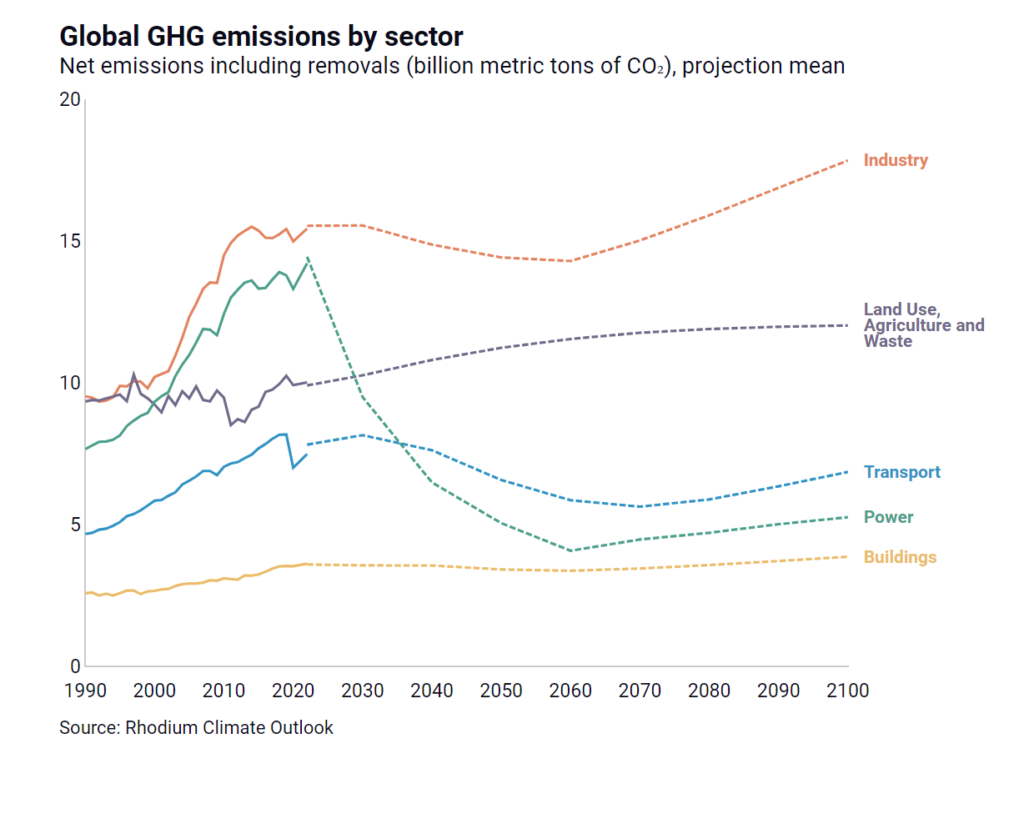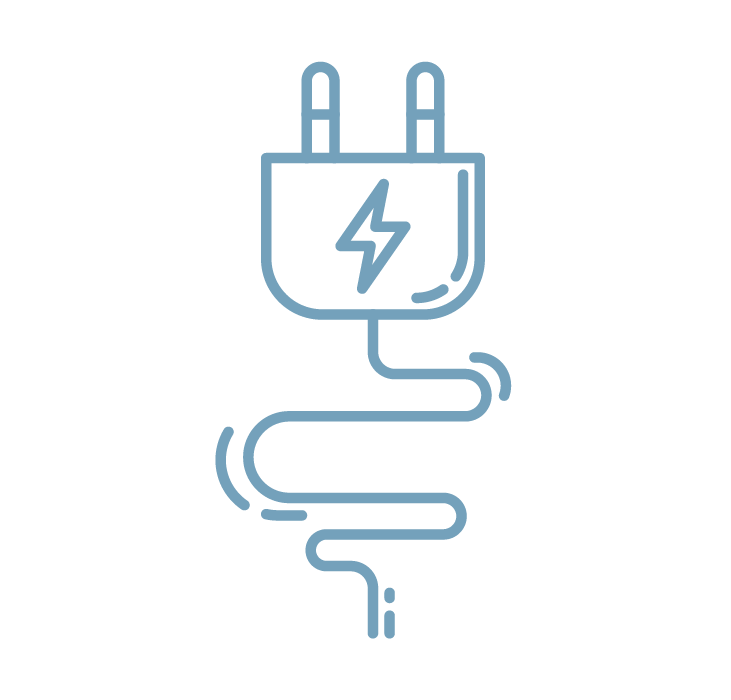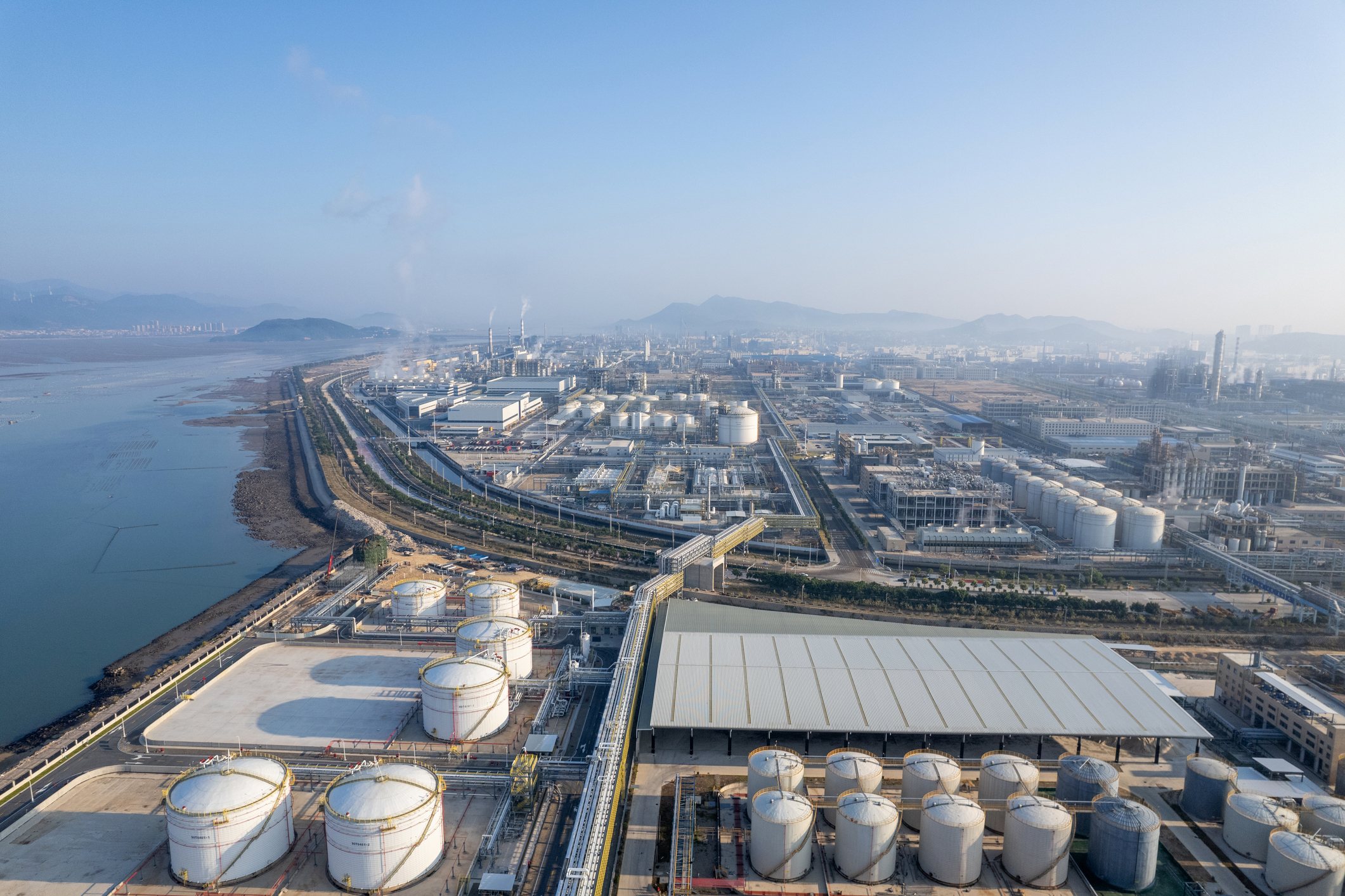Developed by the staff of the Industrial Innovation Initiative (I3), this toolkit will provide the resources and connections needed to promote industrial transformation, including:
- information about state industrial landscapes and facility distribution,
- technology and policy solutions,
- and how to get technical assistance from experts near you.
The resources and targeted education in this toolkit will help users gain the context and information needed to confidently communicate industry’s role in the energy transition, identify actionable measures states can take to accelerate emissions reductions, and direct stakeholders to key technical partners and peer projects.
State-by-state
Select a state below to explore its industrial landscape. View the geographic distribution and emissions of key facilities, examine how they overlap with community demographics, and review current energy policies alongside future legislative opportunities. This information can be used to design innovative industrial policy and guide decision-making.
Don’t see a page for your state yet? More are coming! Check back soon or contact David Soll for more information: dsoll@gpisd.net.
The Industrial Context
American industry powers the US economy, supports millions of well-paying jobs, and is a global leader in production and innovation. It manufactures cement, steel, minerals, food, and thousands of other products that make modern life possible. This includes raw materials essential to advanced technologies that are expanding our domestic energy portfolio, strengthening grid resilience, and enhancing global competitiveness.
Read more
A Challenge and Opportunity
Given its foundational role in the economy, it is important to recognize that the industrial sector contributes nearly a third of US emissions. This includes direct emissions and those from the electricity used by industrial facilities. This share is expected to grow as electric power generation continues to shift to more modern energy sources and more efficient vehicles account for a larger portion of the transportation market. Under a “business as usual” scenario, industry is projected to be the US sector with the highest emissions by the early 2030s. The same is projected globally, as shown in the graph below from the Rhodium Group.

Fortunately, many industrial innovation strategies can simultaneously benefit multiple economic, workforce, and environmental goals. For example, installing more energy-efficient technology at a plant can lower energy costs, improve workplace health and safety, and create opportunities to upskill workers. These changes can also enhance US global competitiveness by aligning with the growing international demand for lower-emissions products.
Modernizing the industrial sector will strengthen the US economy, creating thriving livelihoods for American workers, clean air and water, and a more stable climate. States can partner with companies, communities, and other stakeholders to promote a more vibrant and competitive American industrial sector.
Industrial transformation and state governments
Each state’s role will vary depending on its industrial landscape, policy priorities, and other key factors. Given the variety and complexity of industrial processes, transformation will require a diverse set of cross-cutting strategies, including:
- Electrification and energy efficiency measures
- Improved material and process efficiencies
- Alternative fuels and feedstocks (including hydrogen)
- Carbon management projects (carbon, capture, utilization, and storage)
- Market strategies to expand demand for lower-emissions products
The good news is that momentum already exists for industrial transformation. Federal legislation, such as the Bipartisan Infrastructure Law and the Inflation Reduction Act, provided significant funding for industrial innovation through tax credits, grants, and loans. Following a change in administration, aspects of this legislation were revised to align with the current federal energy priorities, as reflected in the 2025 Budget Reconciliation process. These shifts in federal priorities underscore the critical role states can play in developing durable, tailored incentive programs that reflect their unique industrial landscape. In doing so, states can simultaneously support innovation, provide business certainty, and invest in local communities.
This toolkit is designed to help state governments and industry leaders identify the technologies, policies, and partners that can accelerate industrial transformation. Through targeted resources and educational materials, users will gain context to confidently communicate industry’s role in the energy transition, understand actionable solutions to modernize industrial operations, and identify key technical partners and resources.

Section 1: Technology solutions
The industrial sector covers a broad range of manufacturing, including many types of production processes and consumer products. Given the variety and complexity of these processes, transformation will require a diverse set of cross-cutting solutions. These toolkit resources will help states and industry leaders navigate various technology options to advance industrial innovation.

Section 2: Technical assistance overview
Not sure where to go for advice about a project? Small and medium-sized manufacturers can turn to their local Industrial Training & Assessment Centers (ITACs) for energy assessments and recommendations about facility improvements. Seeking guidance about onsite energy options? One of the 10 regional Technical Assistance Partnerships can help. Looking to speak to another company implementing emissions reductions projects? Use our Office of Clean Energy Demonstrations (OCED) Industrial Demonstration Program (IDP) award sheet to find relevant projects and contact information.

Section 3: Additional resources
Industrial transformation is a wide-ranging topic that encompasses technology, policy, economics, and much more. These external resources reflect this diversity, including an industrial heat pump procurement toolkit, a podcast that provides a helpful overview of key industrial sectors, and more. We’ll continue to add resources, so be sure to visit again to see what’s new.
Stay up to date!
i3 Monthly Newsletter — for news, strategies, and insights on industrial innovation.

